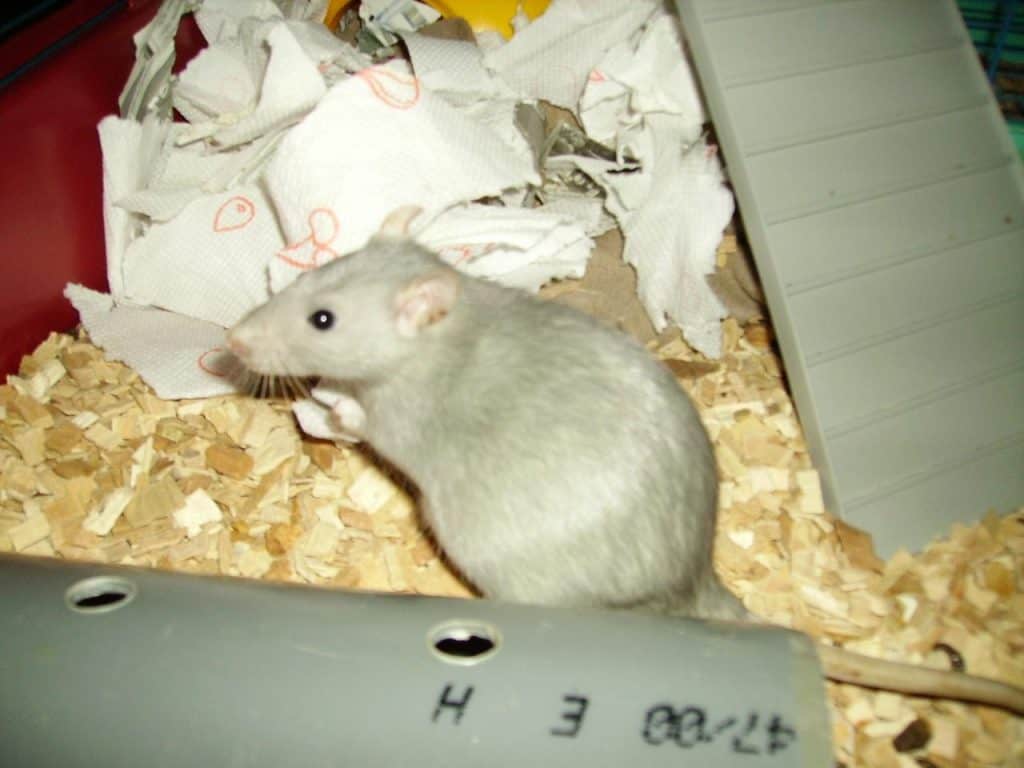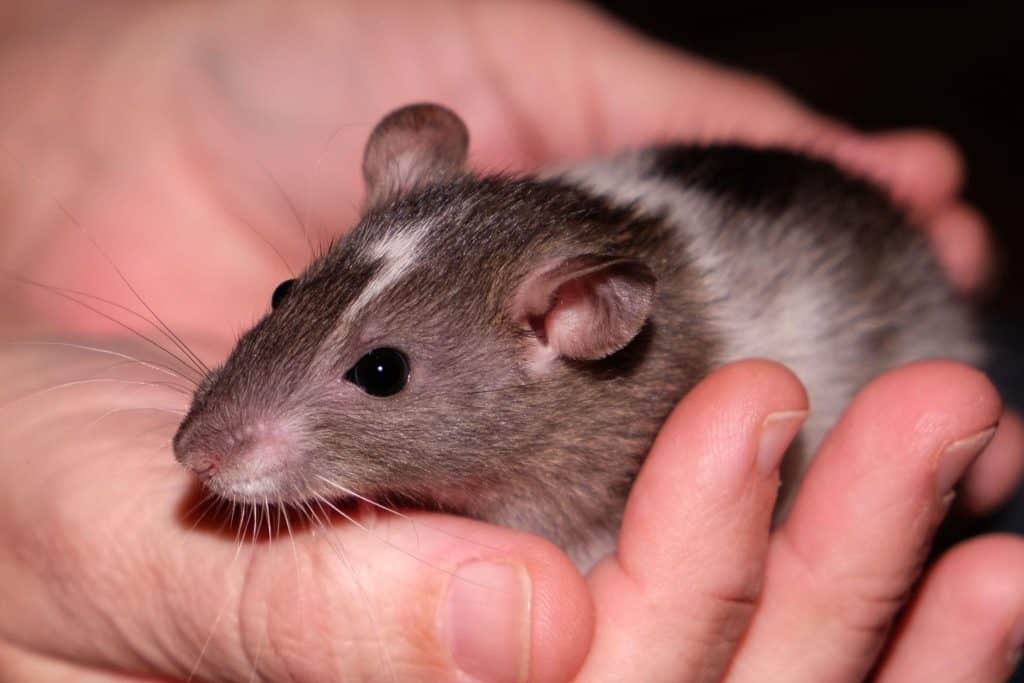Rat populations grow rapidly because these rodents can reproduce very quickly.
Female rats become sexually mature within 8-12 weeks of their life, while males mature in about 10-12 weeks.
Typically, the alpha male in the colony will mate with multiple female rats at once. Once the females get pregnant, they build nests for their babies.
A rat’s pregnancy typically lasts between 21 and 23 days. Most female rats can produce about 3-15 per pregnancy every 3-4 weeks.
Moreover, most rats can survive up to one year, but some can live two years in the wild. On the other hand, pet rats can live as long as seven years.
So, captive female rats can produce more babies than wild ones. Let’s learn more about the breeding and reproduction of rats.
Understanding Mating Patterns of Rats
Rats don’t have a mating season. However, very hot or cold conditions will reduce their breeding. Moreover, sexually mature female rats come into heat all year round, every 4-5 days, unless they’re pregnant.

Sometimes, some female rats can come into heat 1-2 times early in the pregnancy. The heat typically starts in the evening and lasts throughout the night.
Female rats usually approach menopause within 18 months of existence; their cycle will become inconsistent until it’s fully gone.
If a rat of this age becomes pregnant, her pregnancy won’t develop properly.
The Rat Breeding Process
You can easily breed captive rats by putting a male and a female together for about ten days. Just ensure they’re together through two heat cycles.
If the female isn’t in heat, she might reject and fight the male. Therefore, putting the couple together only when the female enters heat is better.
Signs of Female Rats in Heat
When a female rat isn’t in heat, her vulva will stay tightly closed. However, when she’s in heat, the rat’s vulva will open.
A female in heat can also display behavioral signs. For instance, if you stroke the back of a female in heat, she will start performing the mating dance.
The mating dance starts by spinning around or moving forward. Then, the rat will brace her legs stiffly, lift her tail and head, and vibrates her ears. These movements show the rat’s readiness for mating.
The Actual Mating
Most male rats will recognize the dance and show interest in mating immediately. Some males will sniff or even lick the female rat.
When mounting, the male will grasp the female’s neck with his teeth. Mounting happens multiple times during mating. The male rat should climb many times before the act ends, and mating will continue for a while.
There’s a chance for a female to get pregnant from one mounting. So, don’t leave your male and female rat together if you don’t want baby rats, even if she isn’t in heat.
A persistent male rat can stimulate a female into coming into heat. Therefore, keep your females and unneutered males separate.
The Rat Gestation Period

The gestation period often lasts 22 days but can vary between 21 and 23 days. In some cases, the rat gestation period can last for 26 days.
Typically, two weeks into the pregnancy, the female rat will show pregnancy signs, such as a swollen belly. As the delivery approaches, the baby rats will start visibly moving.
Other pregnancy signs include enlarged mammary glands, increased appetite, etc.
Pregnant rats need food, water, nesting materials, and mental and physical stimulation. Moreover, if an unneutered male rat has been living with the female rat, he should be removed before birth.
The father would seldom hurt his offspring. However, most females get into heat about 24 hours after birth (postpartum estrus). So, if you host the two together after she gives birth, they could mate again.
A Pregnant Female Rat Should Stay in a Separate Cage
If the pregnant female shares a cage with a neutered male or another female, they can stay together during the delivery.
If the pregnant female has enough private space, she won’t have problems with another rat in the cage.
However, you should never leave two pregnant rats in the same space. They won’t hurt each other’s babies on purpose but can steal them from each other.
Moreover, if they start fighting over a baby, the baby’s tender skin will suffer damage, as rats have sharp teeth.
A new baby shouldn’t be placed with a nursing female rat because she will attack the newcomer. Nursing female rats only accept babies the same size as her own.
Hormonal Changes Can Affect the Rat’s Behavior
Pregnant or nursing rats can experience a change in behavior because of the hormonal changes inside their body. Your female rat can become less enthusiastic about playtime or more aggressive.

The Birth Process
The delivery can last for about 1-2 hours. Generally, mother rats will give deliver a baby every 5-10 minutes.
Signs of labor include a bloody discharge and stretching out while sucking in the sides. Once the babies arrive, the mother will sit up and help herself deliver the babies with her teeth and hands.
Lastly, the mother rat will lick clean her babies and usually consume each placenta and umbilical cord. Sometimes, mothers eat dead or weak babies.
Final Verdict
Rats aren’t big animals, so you can have difficulty detecting their pregnancy. Common signs of pregnancy in rats include swollen abdomen, weight gain, and enlarged nipples.
You can see and feel the babies moving a few weeks into their pregnancy. Moreover, pregnant rats can become more aggressive and territorial, so let the female alone.
Wild rats will start collecting nesting materials a few days before giving birth. If you have a pet rat, you should supply different nesting materials.
Finally, scientists concluded that a couple of rats could produce as many as half a billion babies within three years.
Luckily, they can’t generate as many babies because of predators, limited food supplies, and diseases. Still, if you suspect a rat in your home, call local rat control experts; these rodents reproduce rapidly in people’s homes.
Recommended Reading:
